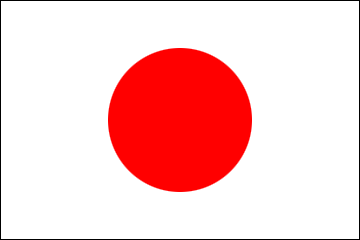Through the Eyes of the former Consul General Yamada (June, 2017 - July, 2020)
2018/10/5

A Soldier's Mili-meshi (Military Meal)
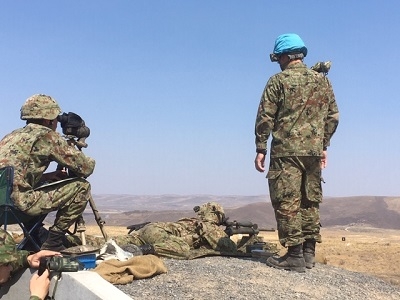
The joint exercise by the U.S. Army and the Japan Ground Self-Defense Force is held annually at Yakima Training Center, located in the central part of Washington State. Every September, different troops from the Ground Self-Defense Force come for this training. 2018 marks the 25th occasion of the exercise being held at this location. Led by Regiment Commander Col. Yoshinori Machinaka, about 130 people from the 1st Infantry Regiment in Nerima came to this three-week joint exercise. On September 6, I visited the exercise site, just as I did last year. Since the 1st Infantry Regiment’s mission is to defend the metropolitan area, this year’s training was conducted on the supposition of urban warfare. I thought it would be impossible to hit a target that is 500 meters away with a rifle, but they actually did it! It is actually possible to have shooting skills as good as Golgo 13!*
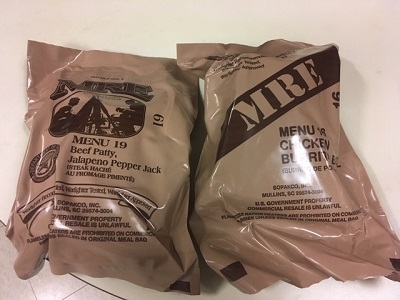
After I arrived and listened to the explanation about the exercise but before venturing out to see it firsthand, I had lunch at the command post. We were given MREs (meals, ready-to-eat), which is commonly called “Mili-meshi” in Japanese. I thought the food would be cold since it was in a pack, but surprisingly, hot stew came out. The pack includes a white bag with chemicals inside. You simply put the bag and the retort pouch stew together in a hard plastic bag and pour in water. Then, the chemical reaction will raise the water temperature as high as 90 degrees Celsius. If you place the plastic bag in an assembled cardboard container, which prevents you from getting burned, and wait for about 15 minutes, the hot stew will be ready to eat. In addition to stew, there were several tasty meal options from which to choose. Because the food is made for soldiers on the battlefield, the amount of calories in one serving pack, including cookies as dessert, is as high as 3000 kcal. Of course, the packs are made to be preserved for a long time and can be stored at room temperature for three years. Recent disasters such as the earthquake in Hokkaido and the flood in West Japan reminded us of the importance of having survival measures. If “Mili-meshi” were sold in regular stores, I would like to keep it at my house as emergency food in case of a disaster.
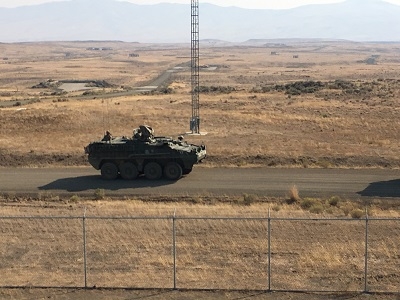
The size of Yakima Training Center is about the same as the twenty-three wards of Tokyo and approximately eight times larger than Hokkaido’s Yausubetsu Training Area, Japan’s largest training area. Since Yakima Training Center measures 45 kilometers from north to south and 40 kilometers from east to west, it has the space to conduct not only target practice but also bombardment practice, which is difficult to do in Japan. I visited three training sites there; they are so far from each other that it took almost an hour to cover the distance by car. Like Seattle, the training center is located in Washington State, but unlike Seattle, it is in a rough, arid region that is far from the state’s nickname, “Evergreen.” When we stopped for a break, I heard the unique, threating sound of a rattlesnake wary of our presence, though I couldn’t see it. After the one-hour car ride while wearing a bulletproof vest, my body became tight due to the vest’s heavy weight.
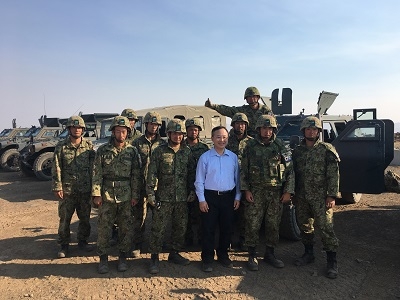
On Sunday, three days later, about 50 people from both the Self-defense Force and the U.S. Army gathered for an exchange event at NVC Memorial Hall, which is located in the part of Seattle where many Nikkeis* used to live. Japanese American veterans who served during World War II, such as in the 442nd Infantry Regiment and Military Intelligence Service (and who are over 90 years old) also attended. This event has been held every year for the last six years, approximately. I gave a speech on the occasion, as did representatives from Japan and the United States (Remarks by Consul General Yoichiro Yamada at Beyond Reconciliation: Celebrate Japan-US Alliance and Honor Nisei Veterans). Thanks to the event’s sponsors, the lunch was provided by Japanese food companies in Seattle, and American soldiers seemed to enjoy it with great appetite. According to the retired Navy Rear Admiral I met that afternoon, within the U.S. Forces, the Navy has the best-tasting meals, followed by the Air Force and the Army, in that order.
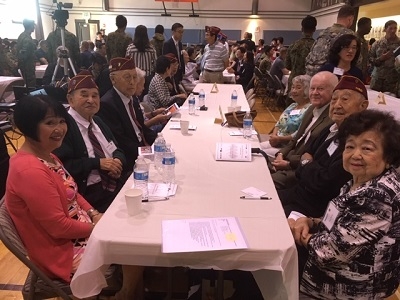
Event, “Beyond Reconciliation: Celebrate Japan-US Alliance and Honor Nisei Veterans” at NVC Hall
As the proverb goes, "Hara ga hette wa ikusa ga dekinu (An army marches on its stomach).” People also say that home-cooked meals often give couples a chance to make up after a fight. After all, delicious meals are our source of health, energy, and friendship.
*Golgo 13 – A professional assassin from a popular manga (Japanese comic) of the same name
*Nikkei – Japanese American
